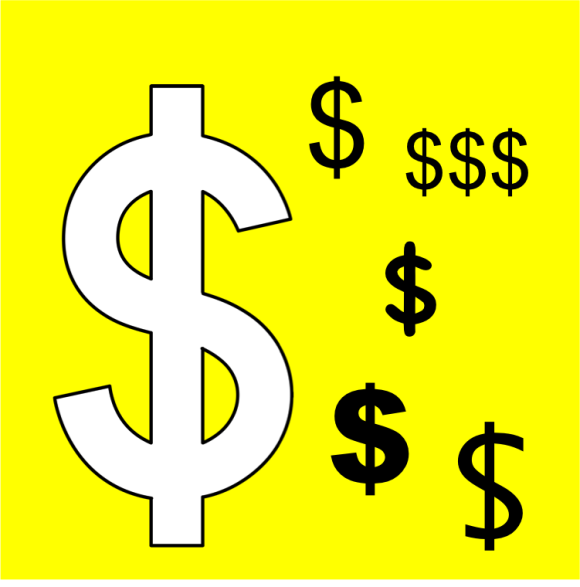Follow the money
 A few days after my success getting insurance coverage for a 3-month supply of my daughter’s specialty medication, I learned that my husband’s employer was switching to a new specialty pharmacy. This meant that a new organization was now handling all the logistics of getting the drug to may daughter – the paper work, the shipping, collecting of co-pays, etc.
A few days after my success getting insurance coverage for a 3-month supply of my daughter’s specialty medication, I learned that my husband’s employer was switching to a new specialty pharmacy. This meant that a new organization was now handling all the logistics of getting the drug to may daughter – the paper work, the shipping, collecting of co-pays, etc.
While this was very frustrating news, it was not surprising. Specialty drug spending has increased dramatically in recent years. While there is no standard definition of specialty drugs, these are the high-priced drugs (> $600/month) that are often given by injection and are used to treat serious inflammatory conditions (like rheumatoid arthritis or Crohn’s disease), infections (like HIV and hepatitis C) and many types of cancer. These drugs are often amazing – they save lives and improve symptoms in people who would have suffered greatly in the past. Sadly, companies are competing to make money from these high-priced drugs.
It is easy to blame drug companies for the high price of specialty drugs but they are not the only ones who make money on these drugs.
Here’s how it works:
Pharmacy benefit managers (PBMs) are paid by insurance companies or employers to manage all outpatient drugs for the people for whom they provide health insurance. The PBMs take care of negotiating prices with pharmaceutical companies and managing the logistics of getting the drug to the patient. PBMs often have their own separate specialty pharmacies to manage the high-priced specialty drugs. PBMs and specialty pharmacies make more money the higher the price of the drug (because they collect a percentage).
The high price of specialty medications is hurting the budgets of employers. Some of them (especially health systems) are buying their own specialty pharmacies to try to bring the costs under control as outlined in this article. But they also make a percentage on each specialty drug prescription that is filled.
The healthcare system is so fragmented that each organization that is involved in getting the drug to the patient is looking out for its own pocketbook.
Meanwhile, back to my daughter and her new specialty pharmacy. I spent many hours on the phone with the new specialty pharmacy explaining why she needed to have 3-month supplies sent. Fortunately, because the PBM was still the same, the rules carried over. However, after a few months, my daughter’s dose of the medication was changed so the “override” was no longer in effect and the one month supplies were back in effect. And a few months later, the patient copays were increased to $300/month or $3,600 per year.
In short, my daughter is able to stay on her life-saving medication because, she has parents who live nearby, are medically savvy, are willing to deliver her medication to her monthly and can afford to pay $3,600/year in co-pays.
Specialty drugs are a great innovation and they save lives. But we need to find ways to make them affordable for all people who need them, not just the wealthy and persistent ones.
0 thoughts on “Follow the money”